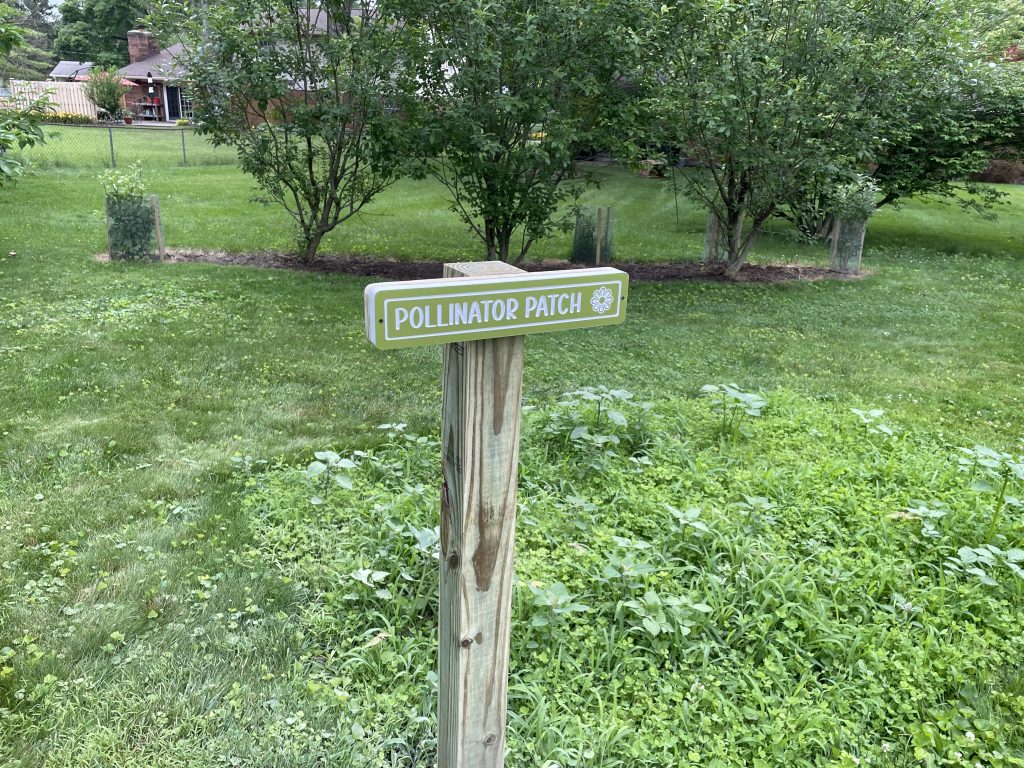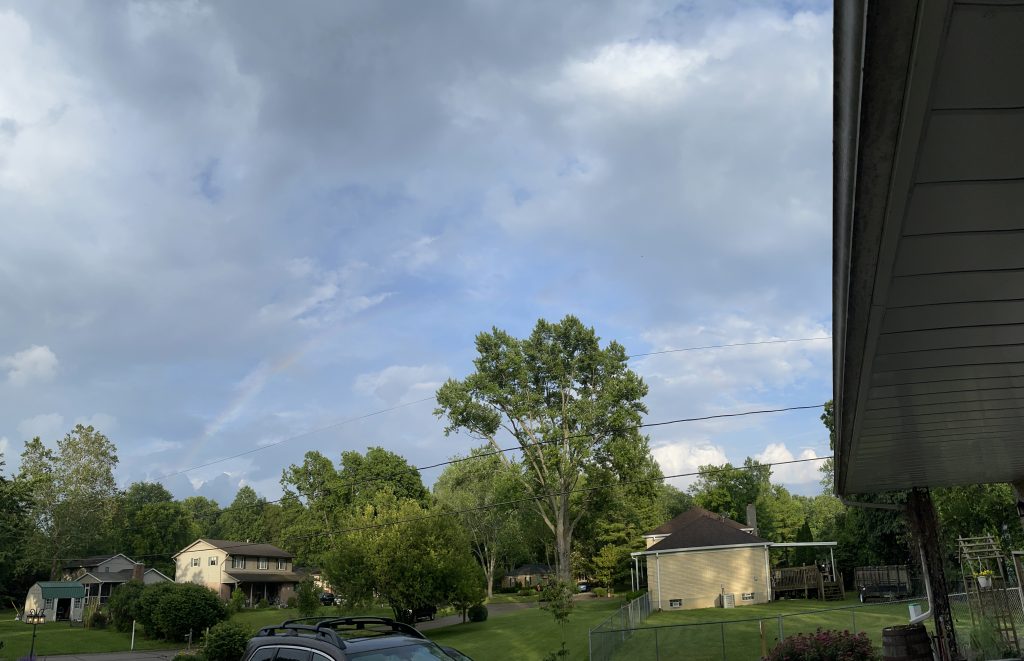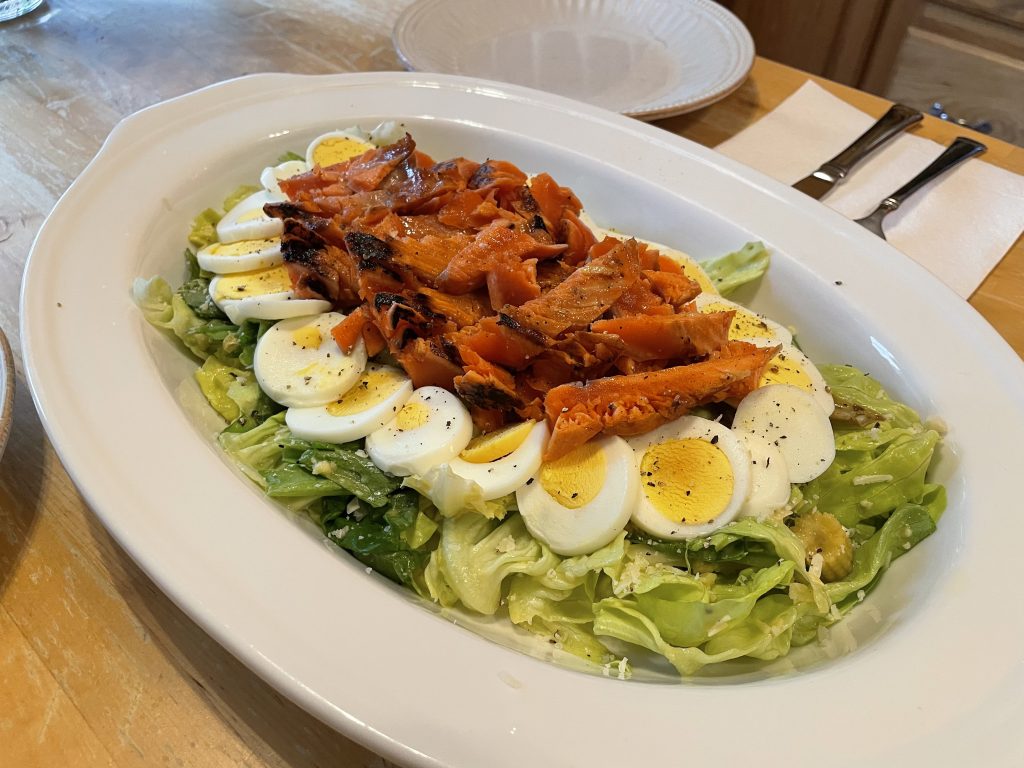I don’t buy this “pollinators are dying off” panic. There’s certainly no shortage of documentaries crying out over Colony Collapse Disorder with our commercial honey bees and how our food supply is in peril as a result. But first of all, our largest agricultural crops here in the US are maize and wheat – both of which are pollinated by wind – followed by soybeans and potatoes, which are self-pollinating and propagated through cuttings, respectively. And two – honey bees aren’t native to North America – they were imported from Europe. Our most important native pollinating bee here is the bumble bee, which doesn’t suffer from CCD (although they are experiencing population declines in urbanized areas, but so is every species displaced by human development). What we’re really whining about is the peril of beekeepers’ livelihood and their co-conspirators – the cash crops that rely on non-native pollinators because they themselves aren’t native, like almonds and apples. Interestingly, bumble bee hives have been commercialized, but no one talks about them because they aren’t as cute and they don’t make large amounts of honey.
The real problem is the ubiquitous use of residential pesticides, but that seems to be tapering off, at least in my own neighborhood. People are starting to show reluctance in trading lawn grubs for lymphoma, I’m guessing. I mean, I haven’t taken a poll or anything, so this is strictly observational. I don’t see nearly as many lawn care companies dumping chemicals on grass, and there are more young families. And there are tons of bees in my gardens (YoY informal personal measurements (hey – I’m in finance)). So progress, I think.
And here to help them along, I have dedicated a patch of my personal greenspace to benefit them! I offer up last year’s squash patch, which didn’t turn out too well. Too close to the greenbelt I think, and the deer helped themselves. So now it’s repurposed, with a custom sign to boot! Anniversary gift from Liz.

Right now it’s just a bunch of weeds, since the rabbits ate all my intentional plants before the grass filled in. But we’ll see how it goes and adjust the seed accordingly. If nothing else, the rabbits are choosing it over my cucumbers, so either way it’s a win.
For the bees!
–Simon





